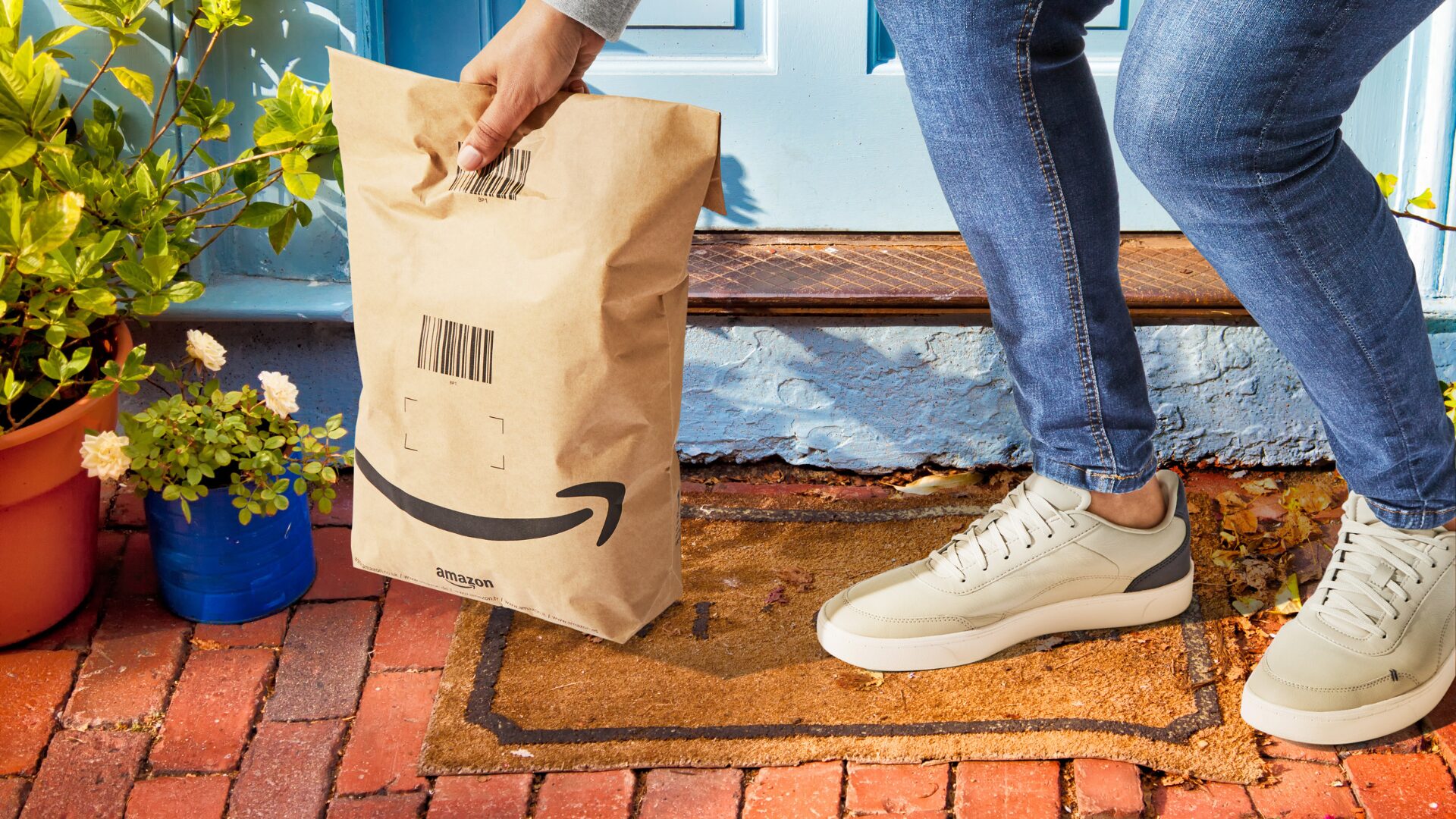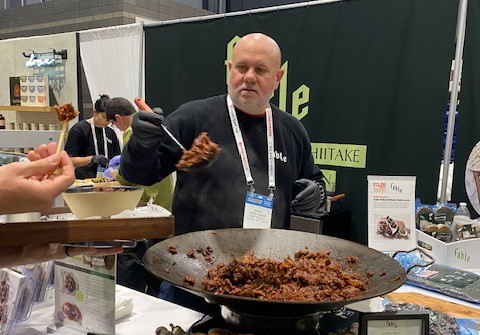Since acquiring Whole Foods for $13.7 billion in 2017, Amazon has been looking to further expand into the $900 billion U.S. grocery industry through its Amazon Fresh stores. And, with online grocery delivery growing about 300% over the pandemic, the concept appears well positioned to grow market share.
The Amazon Fresh story
The Amazon Fresh concept looks to create a seamless offline and online experience by bringing Amazon’s e-commerce expertise to physical locations. The stores offer free same-day grocery delivery for Amazon Prime members, integration with Alexa to manage shopping lists, and for those who shop in person, the ability to skip checkout lines by using Amazon Dash Cart. For the most part, it comes off like a standard supermarket with some value-added technology that could potentially improve the shopping experience for customers, reported Nasdaq (April 18).
The main differences between Amazon Fresh and Whole Foods are the type of groceries they offer and the price points. Amazon Fresh offers a wide selection of national brands, private label, and store-made products at a low price, whereas Whole Foods offers organic products at a higher price point.
Another difference is that Amazon Fresh didn’t have a storefront until recently. All Amazon Fresh orders were delivered from Amazon warehouses, whereas online Whole Foods orders were delivered from local Whole Foods stores, according to shopfood.com
The first Amazon Fresh store opened to the public in Los Angeles in September and there are presently 15 stores open with 28 under construction across the country, according to plannedgrocery.com.
Grabbing market share
With its Fresh stores, Amazon appears to be going after “a squarely middle income customer who may shop at both discounters and conventional grocers already,” Morgan Stanley analysts said in April.
Further, it’s evident that Amazon needed to target more middle-ground consumers to accomplish its long-term grocery objectives as the higher-end Whole Foods doesn’t attract a more typical customer profile.
But can Amazon Fresh catch on with consumers?
Apparently so, according to data from Placer.ai, which indicates that fewer than one in five customers who shop in an Amazon Fresh also shop at Whole Foods. This lack of cross shopping between its grocery brands suggest that Amazon is effectively leveraging grocery assets to target different segments of the market, reported Fast Company.
Further, the concept is grabbing a larger share of the burgeoning online delivery market.
“The store is not the threat,” said Bill Bishop, Chief Architect at Brick Meets Click, on a Supermarket News webinar earlier this week. “The real threat…is capture of online grocery customers who favor delivery.
Bishop added, “Amazon Fresh is taking a fair amount of grocery business out of the market and into their business, probably without any retailers being totally aware of that competition. So, the threat isn’t necessarily the store, it’s the loss of online business.”











